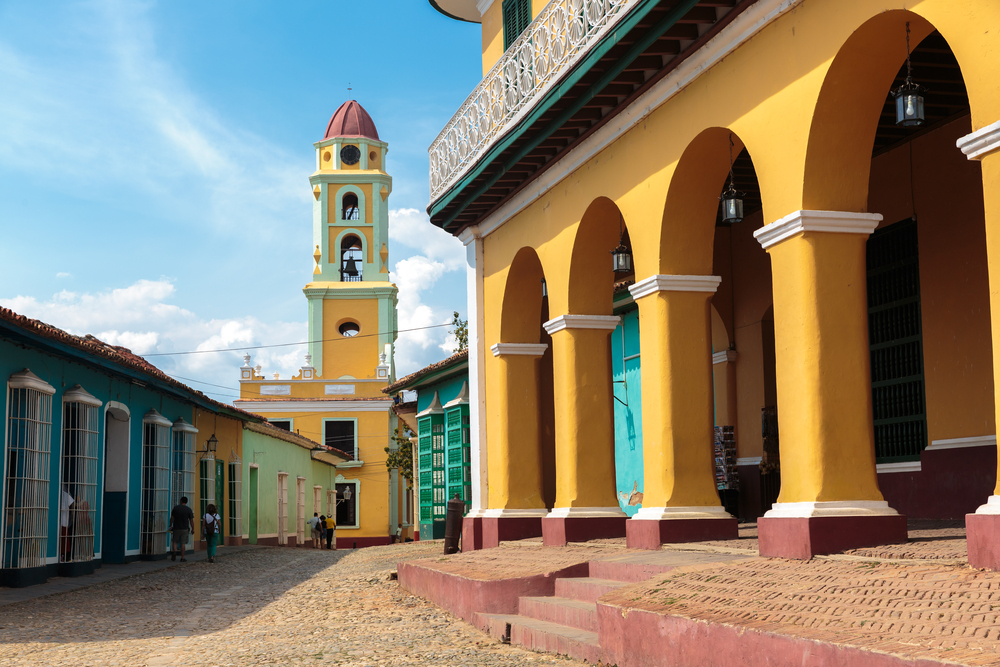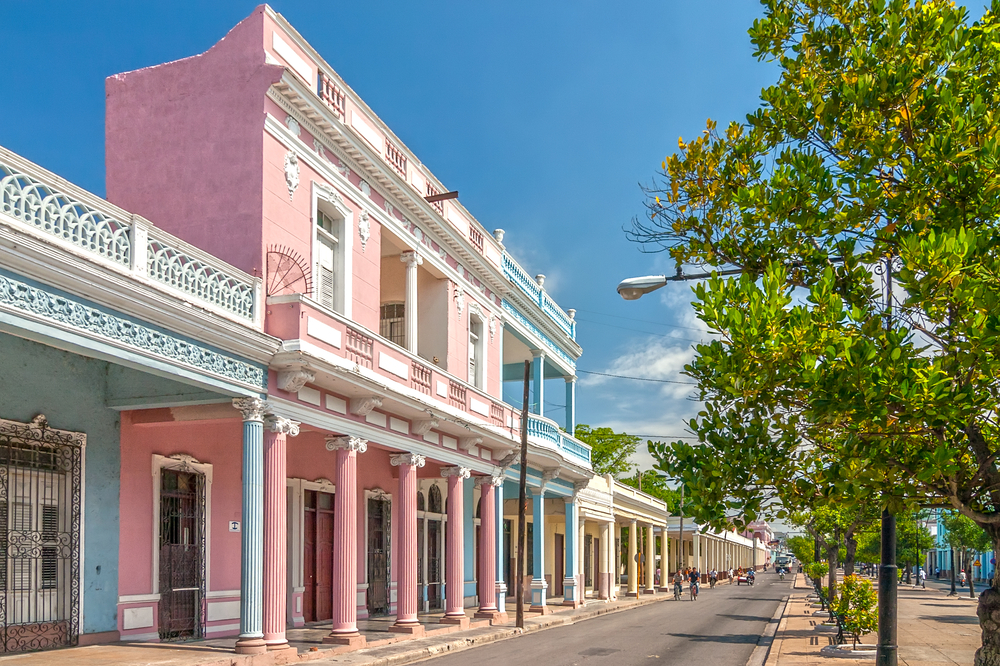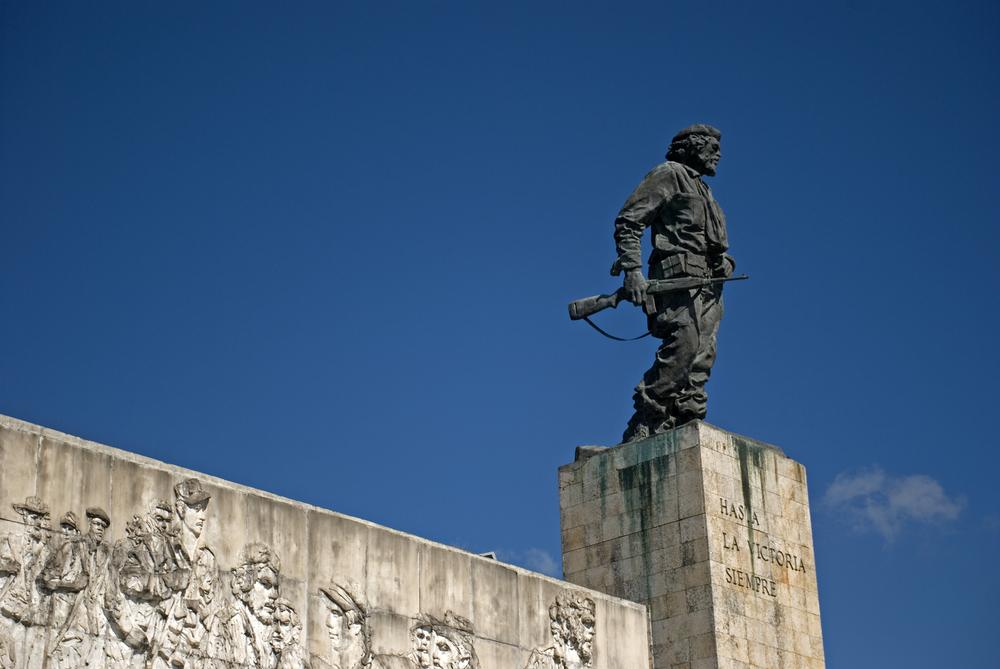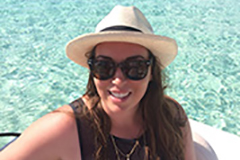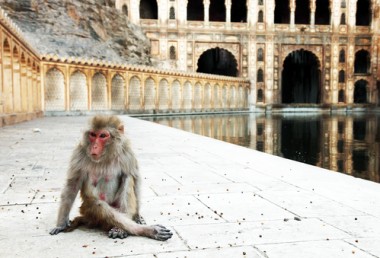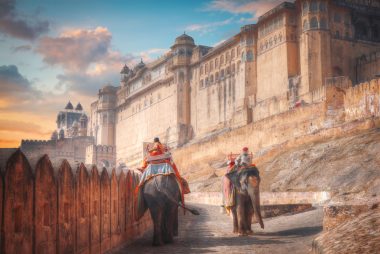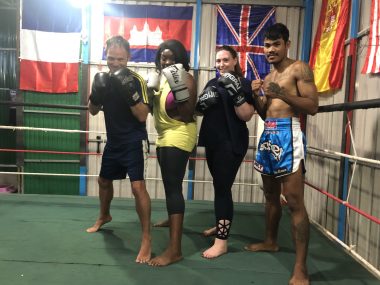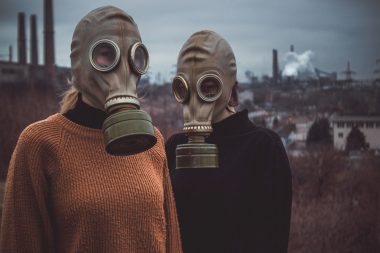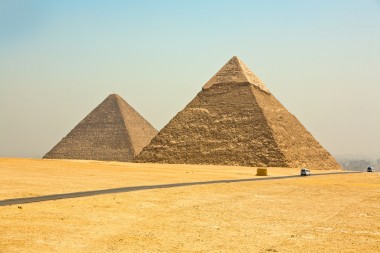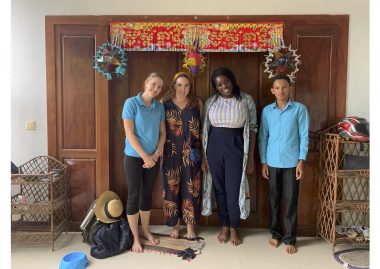Trinidad: Colour, Music, Cobblestones & Slavery
Trinidad is Cuba’s best-preserved colonial town, with the old part of Trinidad being a UNESCO heritage site since 1988. Trinidad, like most colonial towns, is gorgeous with brightly colored buildings and cobblestone streets.
It is one of a kind, a perfectly preserved Spanish colonial settlement where the clocks stopped in 1850 and – apart from a zombie invasion of tourists – have yet to restart. Huge sugar fortunes created in the nearby Valle de los Ingenios during the early 19th century created the beautiful colonial-style mansions.
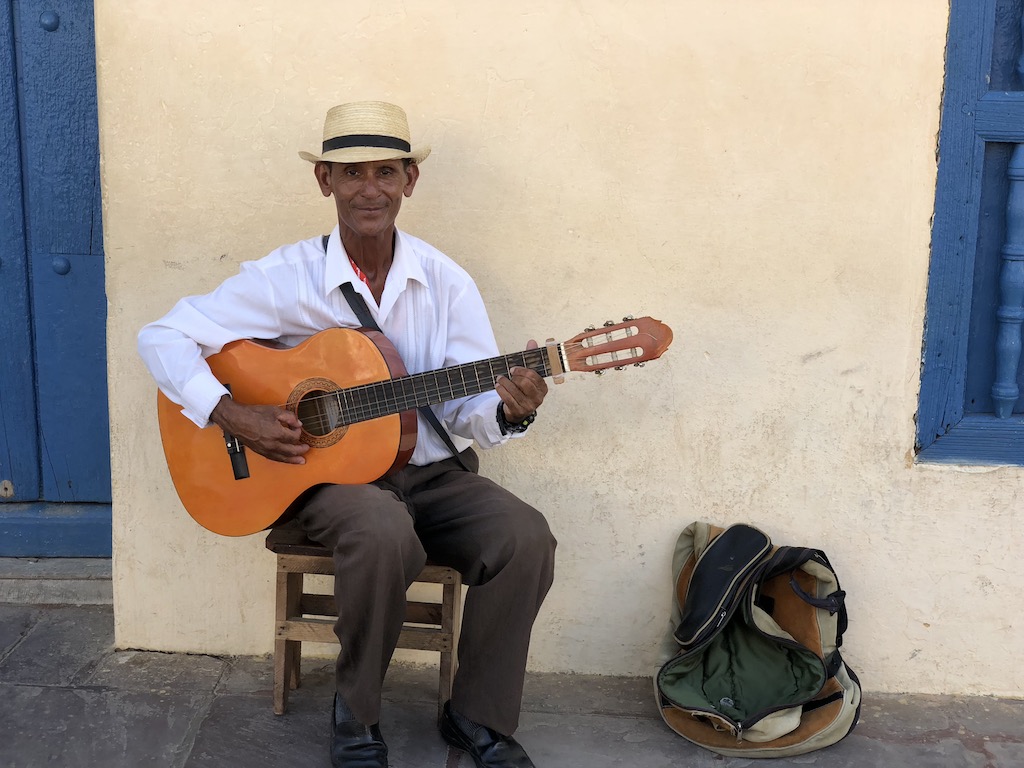
Before arriving, other travellers had spoke of cobblestone streets, brightly coloured buildings and lively cuban music. I had been looking forward to Trinidad and thought it would be my favourite city – it definitely is amazing – but perhaps it was overhyped for me as I think of Havana and Vinales a little more fondly.
We stayed two nights in Trinidad and began our adventure with a 1-hour orientation walk around the city. The Plaza Mayor is the heart of Trinidad. Like many Spanish colonial cities, the plaza is the centre of the city with green spaces and stunning churches. Trinidad is painted in bright yellows, blues, and pinks. We wandered down the small alleys and took great pictures of vintage American cars with beautiful colonial architecture in the background.
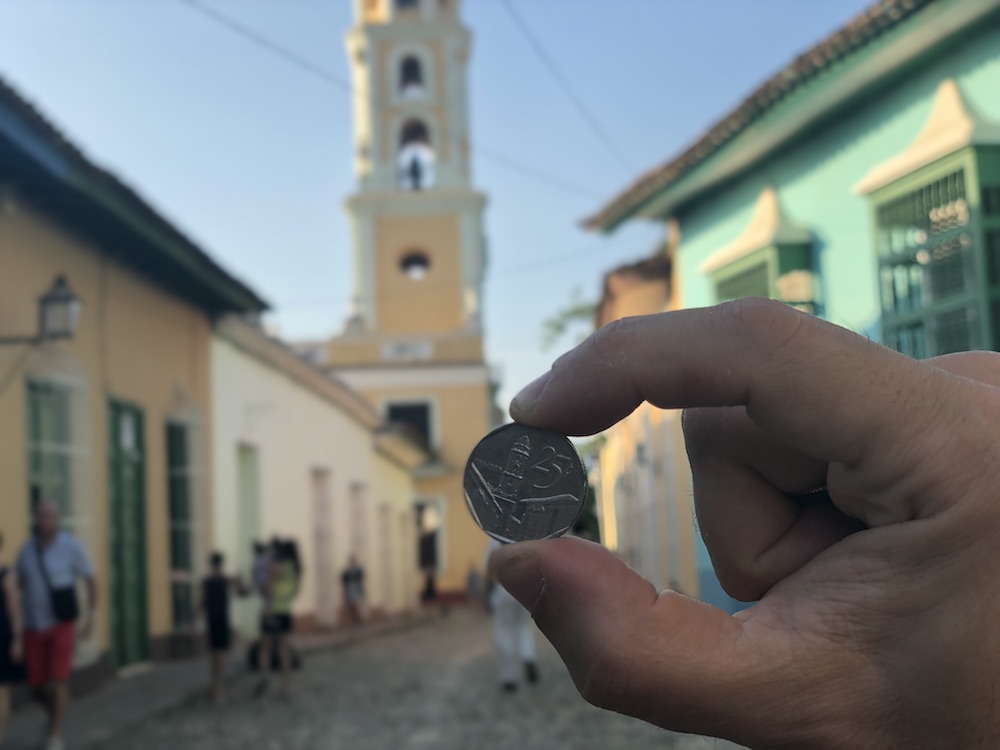
I was hoping to do a Salsa class while here in Trinidad but Ross was keen to get out of the town and into the countryside so we visited a tourist information centre (more like a tiny shop) and opted to do a horseback ride out to the sugar and coffee plantations. The decision was ruled mostly because I twisted my ankle on the cobblestoned streets a few hours after our arrival so were unable to do any of the hikes nearby. I asked about the welfare of the horses as have made some bad decisions on previous trips abroad that have plagued me for years but the woman assured me the horses were taken care of, hydrated, and that the trek was short (30min).
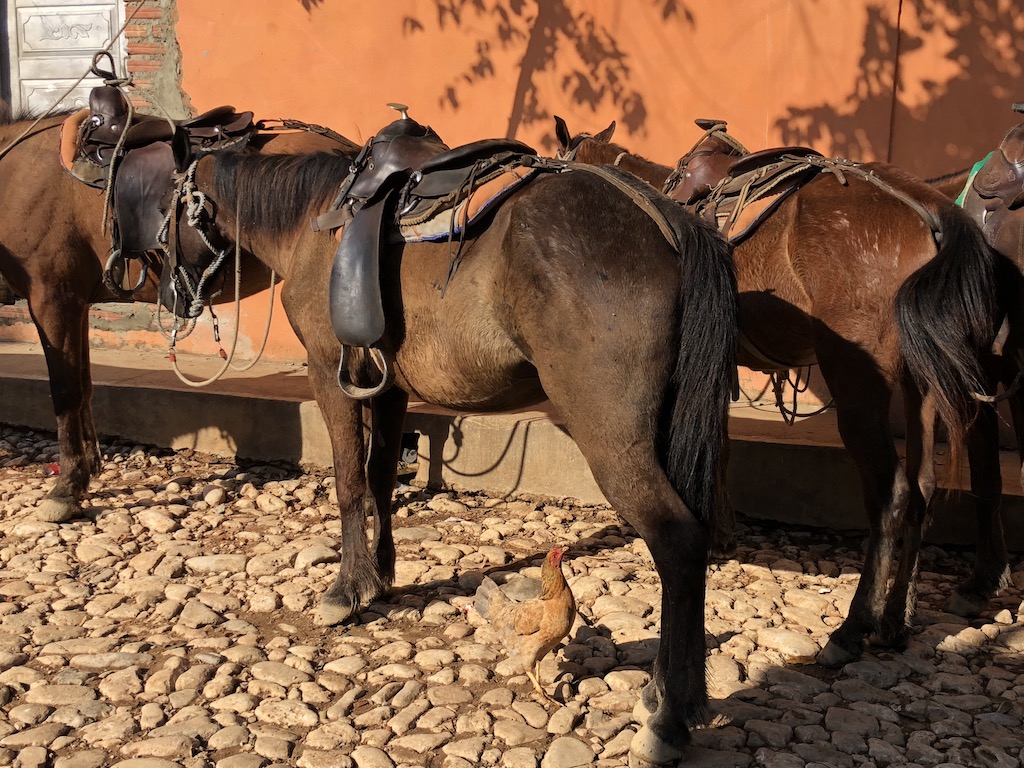
The next morning our guide picked us up from our Casa to start our adventure to Valle de Los Ingenios, or valley of the sugar mills. We greeted our horses, I am no horse expert but they seemed to look in good condition (compared to the many skeletal frames of horses we have seen in countryside as we’ve driven through Cuba). We walked our horses down the hill, out of Trinidad city, and towards the valley, this was the heart of the sugar industry in the 18th and 19th century in Cuba, farmed by 30,000 slaves that the Spanish bought over from Africa.
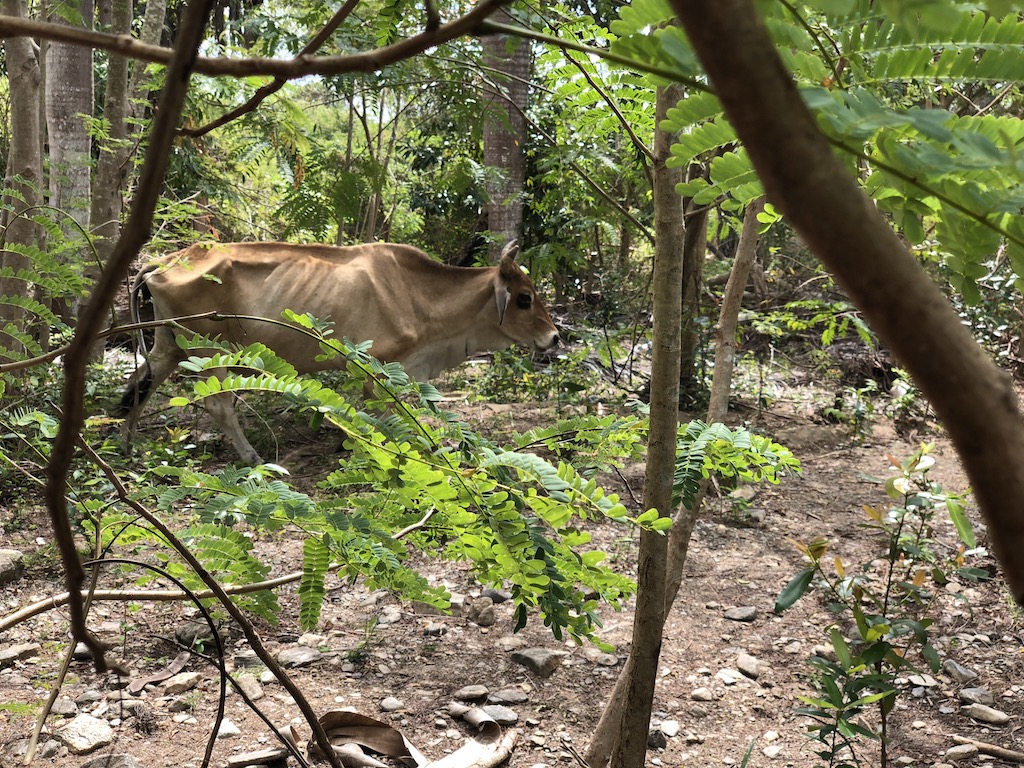
In the 1800s, Cuban sugar plantations became the most important world producer of sugar, thanks to the expansion of slavery and a relentless focus on improving the island’s sugar technology. Sugar is still grown here and it is an absolutely beautiful landscape, even considering its harrowing past.
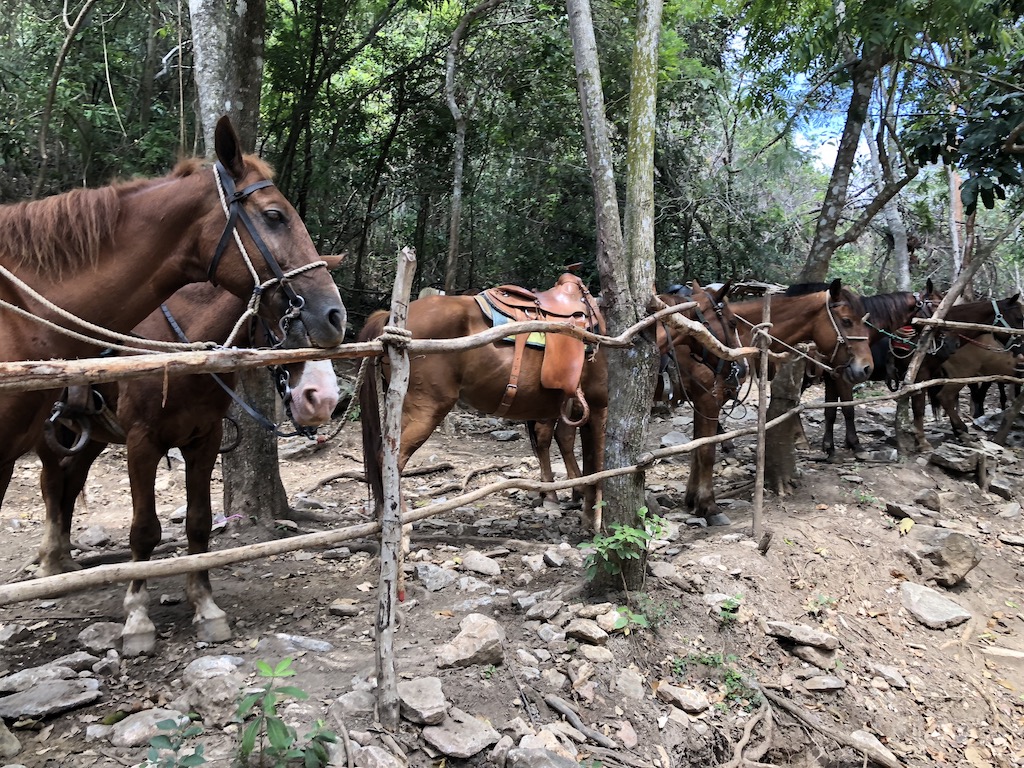
We rode for about 20min to our first stop which was a Sugar Plantation, where we were shown how they extract sugar from the sugarcane and were given the opportunity to buy a cup of sugar water with a splash of rum, we opted not to as we had tried it in Vinales. I was slightly disappointed that this was just a 5min stop as I thought we would have walked around the plantation and been told a bit more about the history and farming however this was clearly just a horse trek so we mounted our horses again for another 10min trek up to our next stop which was a Coffee Farm. The owner of the farm was very entertaining and claimed he loved to sing during the coffee roasting and grinding stages.
We sampled some coffee and mango honey before taking a 15min trek to a small waterfall and swimming hold. We spent an hour here before walking back to our horses and begin out trek home
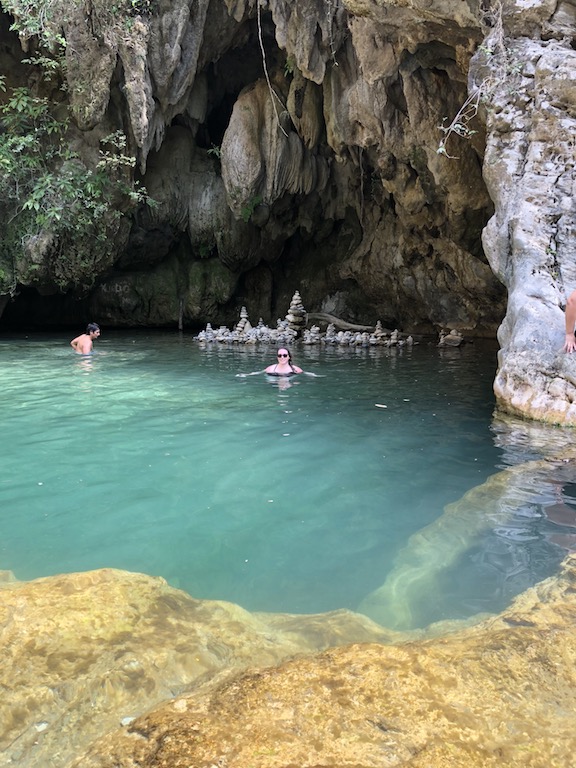
It was here that our guide told us we would be riding for 30min to a lunch stop and it would be a further 30min after that until we returned to Trinidad.
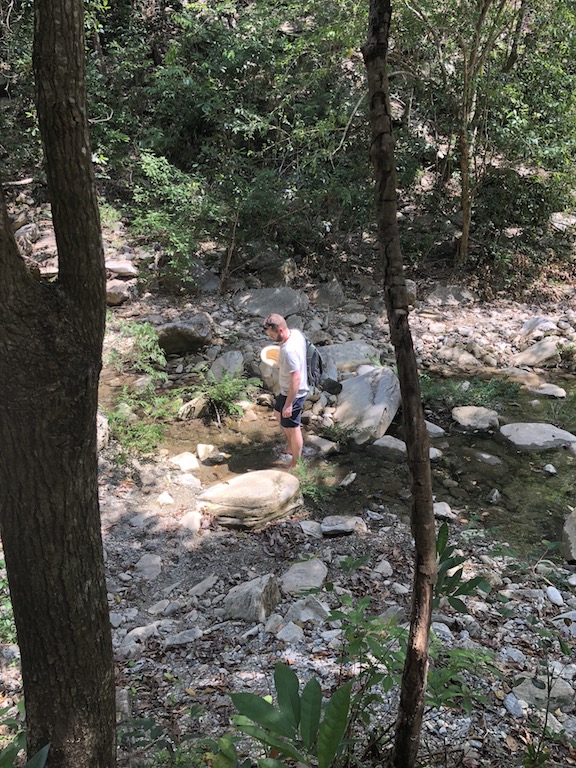
It was very hot and we were actually pretty tired by this point, mostly due to the heat but the whole group had started to complain their legs were sore from riding. Our horses were looking a little worse for wear that this point and we asked if we could find some water for them as it was sweltering hot, the guide said not until we got back to Trinidad which was a little uncomfortable to hear. We ventured on to lunch where I actually had the best Asado we’ve had so far in Cuba and sat with a Chilean couple who were on our tour (they want to visit NZ & I told them about my trip to Chile 10 years ago).
It was on the final trek back to Trinidad that we started to feel really terrible about doing the horse trek as our horses really seemed to be struggling, there was a very steep hill that we had to go up and then back down again. As I’ve mentioned, I don’t know very much about horses so am not sure if I was been over sensitive but it didn’t leave me feeling very good about the whole experience. I was really relieved to get back to town. That evening we met a Swedish couple out at dinner, we were asked to share a table at a restaurant and ended up chatting to them the whole evening, they were due to go horse riding the following day and after we told them how uncomfortable the experience was they decided not to continue with their tour. I really hope I am wrong and that they were well taken care of, it made me think I need to be better at conducting my own research a head of tours like this and if there is any doubt to just not participate at all.
One of my highlights in Trinidad was actually visiting one of the ration shops. Known as La Libreta, the system was set up shortly after the revolution when Fidel Castro took power in 1959, requiring Cuban families to bring their state-provided ration books with them every time they make a trip to the store.
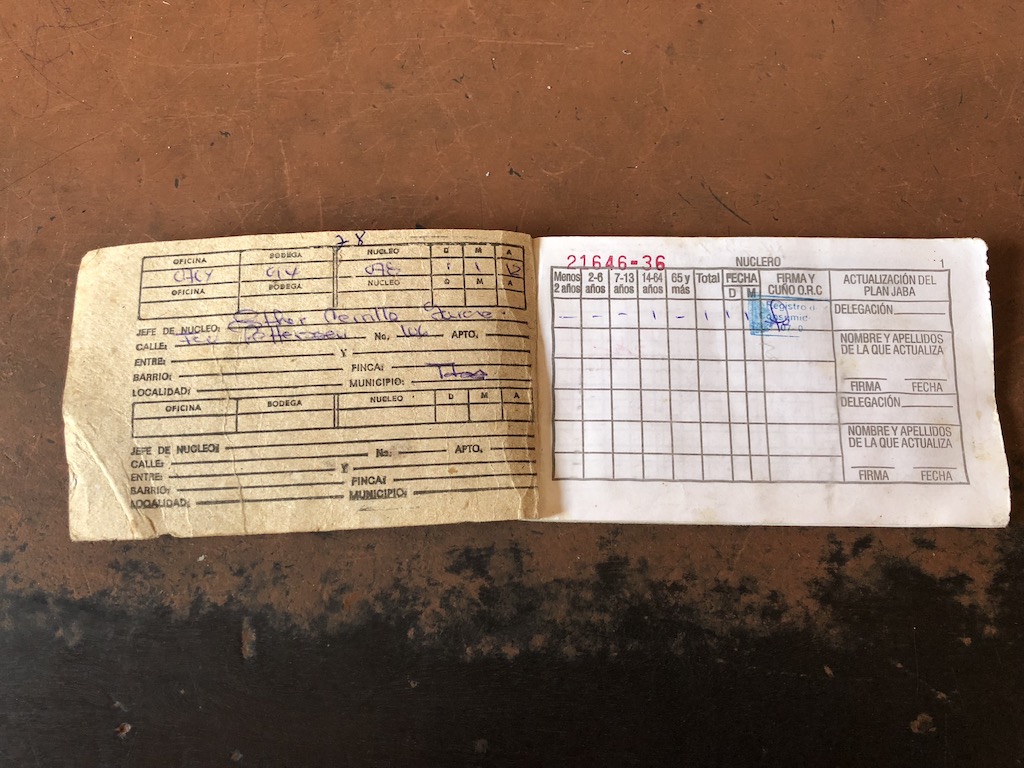
It’s a socialist experiment out of time and reminded me of all the stories my grandparents have told me about rationing during WWII, to the Starbucks-consuming foreigner… it is absolutely intriguing. Each household ration book has a number, a list of family members and their dates of birth.
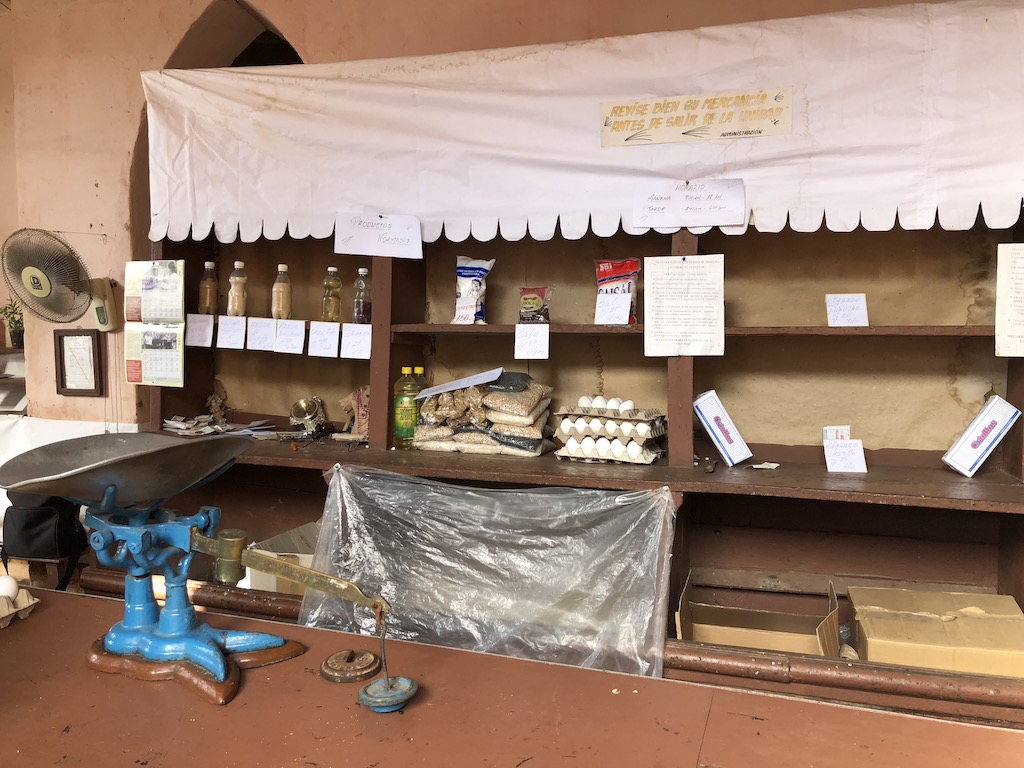
What you’re allowed to buy depends on your age and your gender. For example, milk, can only be bought for children below the age of seven or for pregnant women and the elderly. The bodega clerk also keeps a book containing the information on each local household and the list of products he is allowed to sell them. La libreta and the bare-shelved bodega is still a lifesaver for the poor.
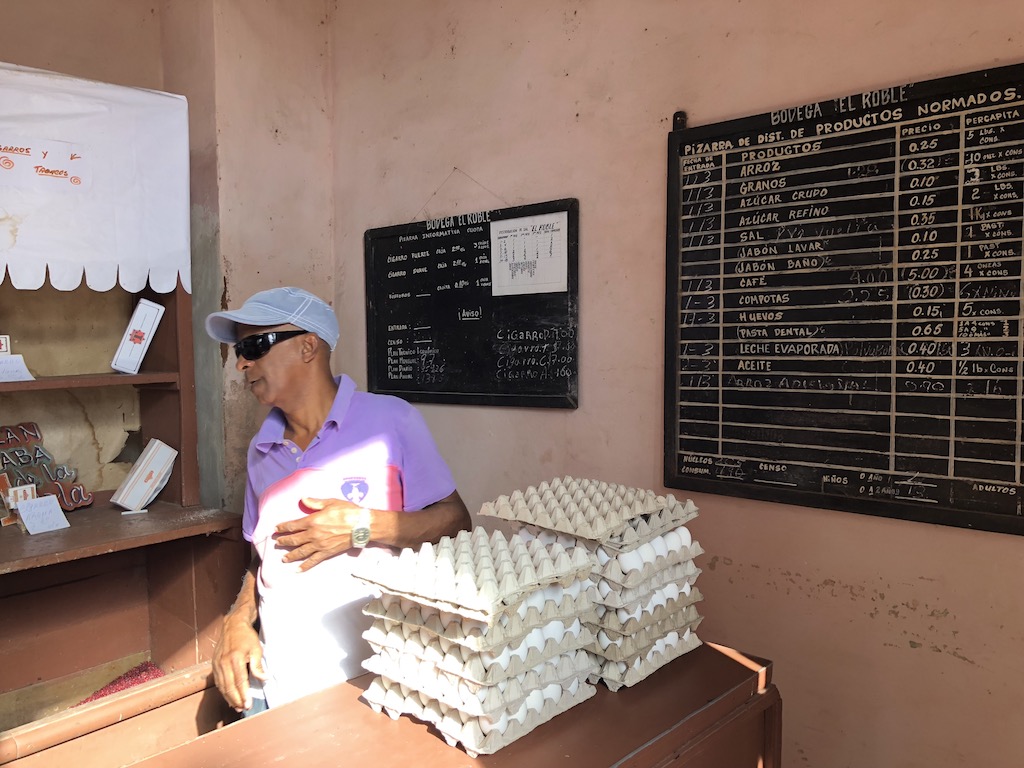
When the reform-minded President Raul Castro proposed to eliminate the ration, he was met with overwhelming opposition, particularly from low-wage state workers struggling to get by on 15CUC per month.
###
ABOUT THE SUGAR ECONOMY IN CUBA:
The Cuban sugar economy is the principal agricultural economy in Cuba. Historically, the Cuban economy relied heavily on sugar exports, but sugar production has declined since the breakup of the Soviet Union in 1991. In 2015, raw sugar accounted for $378 million of Cuba’s $1.4 billion exports.
